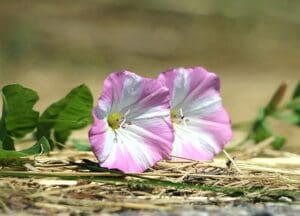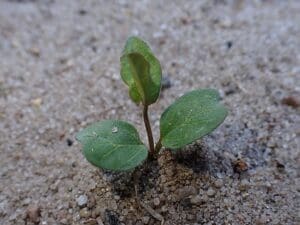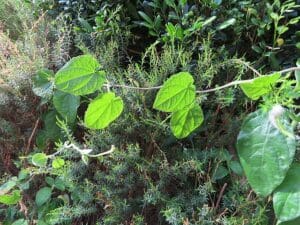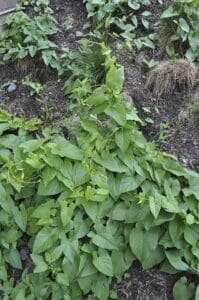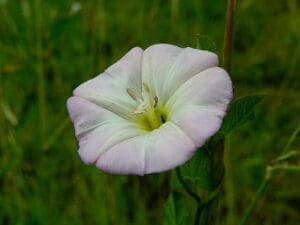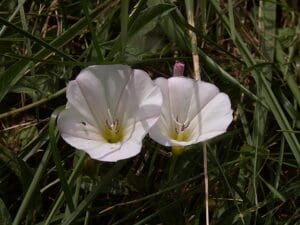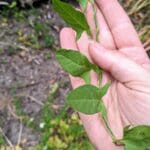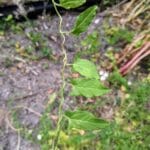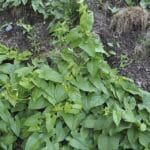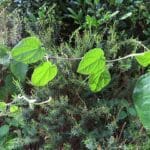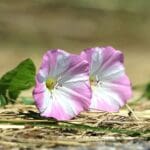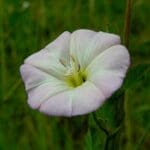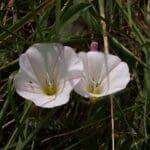Field Bindweed / Spring / Summer / Autumn / Winter / Toxic
Field bindweed is a persistent and troublesome perennial weed, much hated by gardeners. Its is a toxic plant in the Morning Glory family, it’s generally 20–100 cm tall and it trails or climbs up other plants.
Common Names
Meadow Bindweed, Creeping Jenny, Perennial Morning glory, Small-flowered Morning glory
Botanical Name
Convolvulus arvensis
Scientific Classification
Kingdom: Plantae
Order: Solanales
Family: Convolvulaceae
Physical Characteristics of Field Bindweed
Leaves
The grey-green heart-shaped leaves are rounded at the tip and the plant twines to the left, anti-clockwise.
Flowers
Its funnel-shaped flowers may be pink, white, or pink-and-white striped, and are sweet-scented, unlike the larger kinds of bindweed. The flowers are , 1–2.5 cm in diameter and about 2-3 cm long.
Habitat
Field bindweed is found in a wide variety of lowland habitats including verges, waste tips, and disturbed and arable ground.
It likes dry, warm, nutrient-rich deep and loose loams.
Known Hazards
It is mildly toxic, causing gastrointestinal symptoms.
Bindweed contains several alkaloids which are toxic for mice, including pseudotropine, and lesser amounts of tropine, tropinone, and meso-cuscohygrine.
The alkaloids contained within the plant are reported to give the plant psychoactive properties.
Could be Confused with
Field bindweed may be confused with black bindweed as young plants. Size is a good indicator, as Black Bindweed is much larger.
The main difference is in the cotyledons*; black bindweed has long cotyledons with short stalks, while field bindweed has oval cotyledons, notched at the tip.
Common sorrel has similarly shaped leaves but Sorrel grows in a rosette rather than as a vine and sorrel flowers look very different.
*A cotyledon is part of the embryo within the seed of a plant. Often when the seed germinates the cotyledon may become the first leaves of the seedling. Botanists use the number of cotyledons present in the seed of a plant as a means of classification.
Edible Uses
Although there are references to it being eaten in the past, Bindweed contains several alkaloids which are toxic for mice, including pseudotropine, and lesser amounts of tropine, tropinone, and meso-cuscohygrine.
We therefore do not consider it edible!
Notes on Herbal Uses
Its leaves contain glycosides and have been traditionally used to treat hypertension and as a laxative and diuretic.
Extra notes from the Foragers
Although a troublesome weed for gardeners, bindweed flowers do provide pollen for bees and the leaves are a source of food for the larvae of convolvulus hawk moths.



